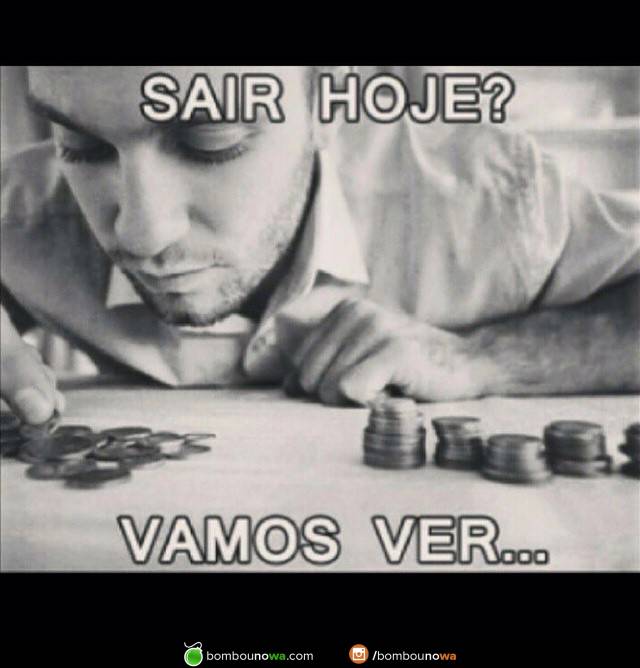


The Van Woustraat stop is the nearest one to Vamos A Ver in Amsterdam. What’s the nearest bus stop to Vamos A Ver in Amsterdam?.The nearest bus stop to Vamos A Ver in Amsterdam is a 4 min walk away. How far is the bus stop from Vamos A Ver in Amsterdam?.Stadhouderskade and Ceintuurbaan are the nearest light rail stations to Vamos A Ver in Amsterdam. What’s the nearest light rail station to Vamos A Ver in Amsterdam?.The nearest light rail station to Vamos A Ver in Amsterdam is a 4 min walk away. How far is the light rail station from Vamos A Ver in Amsterdam?.These Light Rail lines stop near Vamos A Ver: 1, 3, 4. Which Light Rail lines stop near Vamos A Ver?.These Metro lines stop near Vamos A Ver: 52, 54. Which Metro lines stop near Vamos A Ver?.These Train lines stop near Vamos A Ver: IC, SPR. Which Train lines stop near Vamos A Ver?.Scheldestraat is 1503 meters away, 20 min walk.Wibautstraat is 1135 meters away, 15 min walk.Cornelis Troostplein is 1078 meters away, 14 min walk.Ceintuurbaan is 285 meters away, 4 min walk.Stadhouderskade is 244 meters away, 4 min walk.Van Woustraat is 229 meters away, 4 min walk.What are the closest stations to Vamos A Ver?.The thesis lastly compares the conflicting faith, disbelief and indifference that people reportedly felt in the Soviet Union with what people expressed to me before and after Fidel’s death. The political pasts, presents and futures met at a crossroad as his urn travelled the same route from Havana to Santiago de Cuba as Fidel had once travelled the other way to celebrate the victory of the revolution decades earlier. It gives an account of the days after Fidel Castro died and the material intimacy of sorrow and disappointments.

Moreover, the thesis compares ideas about the anthropology of materiality and economics and apply them to different contexts with a critical look at the distribution of material knowledge and the understandings of scarcity and struggles. It also attempts to convey the deep frustration from the exhausting process of finding out about, spending time searching for, waiting in line for and just not finding any little thing you need or want. It describes the work that goes in to finding resources and other solutions when salaries are low, and some values people draw on when education is not paying off. Furthermore, it explores some ways of seeing materials and shaping materials. It reflects my time spent observing and repairing as an apprentice to a Cuban man repairing umbrellas, ‘the umbrella repairman’, and gives a close description of the materials and knowledge used in remaking things and the material intimacy of improvising. How are the materials and knowledge used in remaking things a resource in a small Cuban community and how is it possible to start crafting a future when salaries are low, materials scarce and education has little economic value? How does the material intimacy tie in to the economic and political pasts, presents and futures in Cuba? The aim of this thesis is to bring light to a specific socio-political situation, in a specific neighborhood in Cuba, from a perspective of the tactile and hands on everyday dealings with sustenance and provisions. The themes are also interpreted in the context of the days after the death of Fidel Castro. To do that I am deploying theories about materiality and economy. Supervisor: Professor Bjørn Enge Bertelsenīased on ethnographic material from participant observation in a mid-sized Cuban town the second half of 2016, I seek to understand relationships between resources, knowledge and community. Master's thesis submitted at Department of Social Anthropology, autumn 2019.


 0 kommentar(er)
0 kommentar(er)
